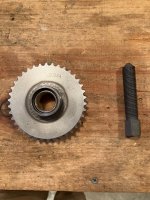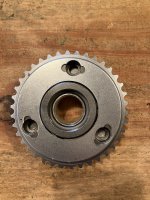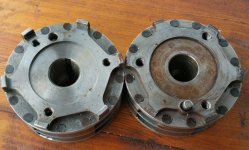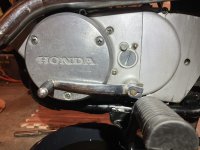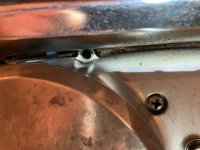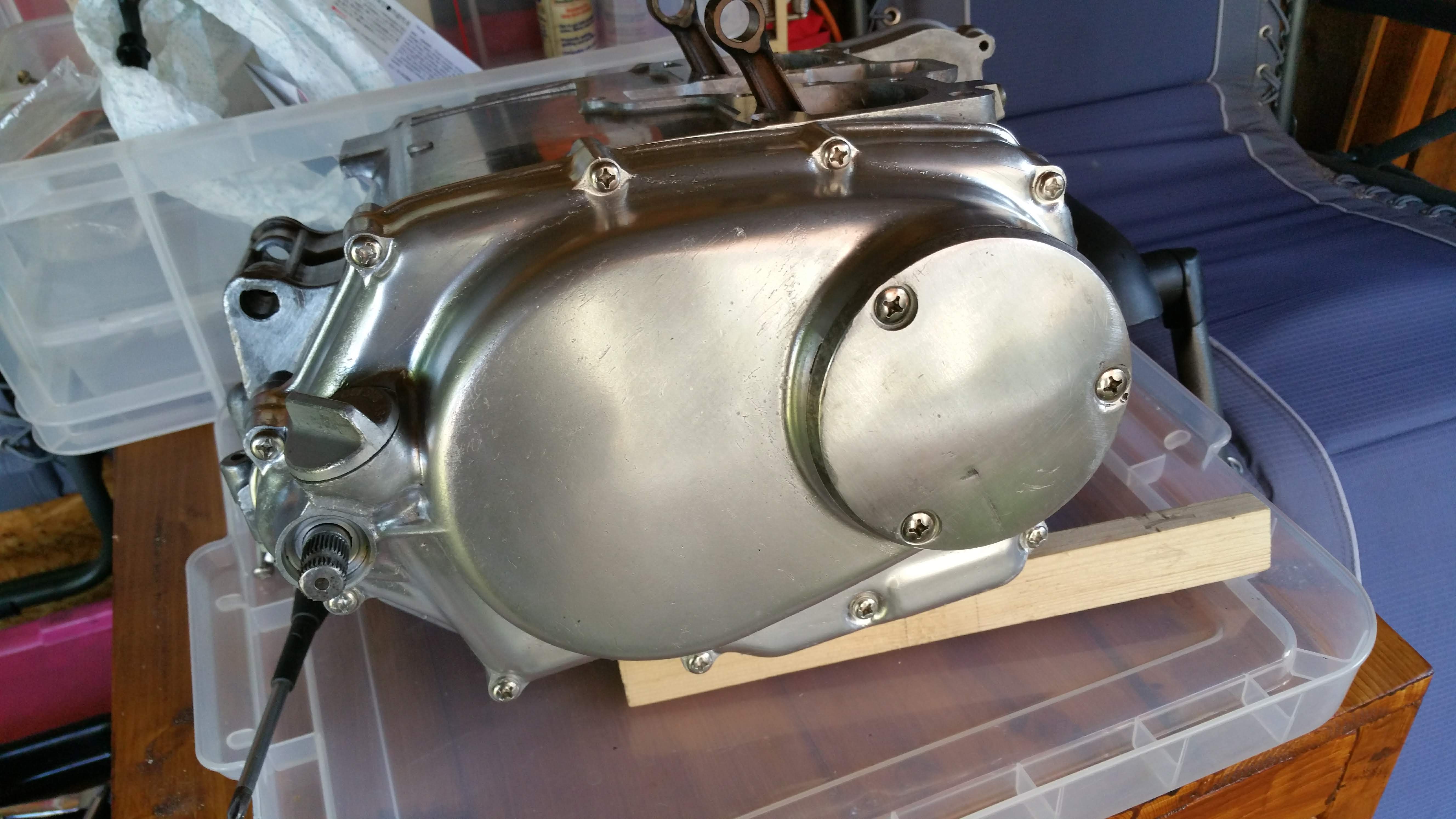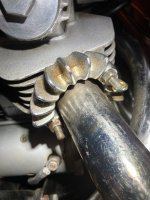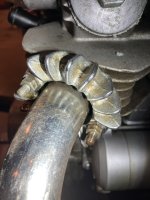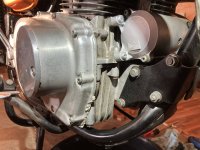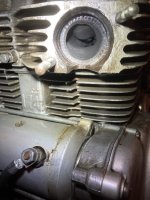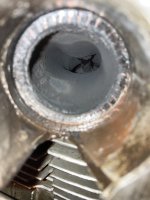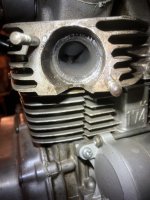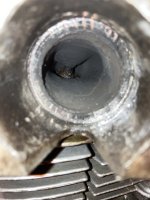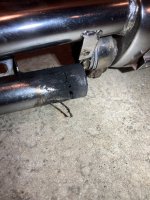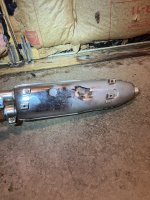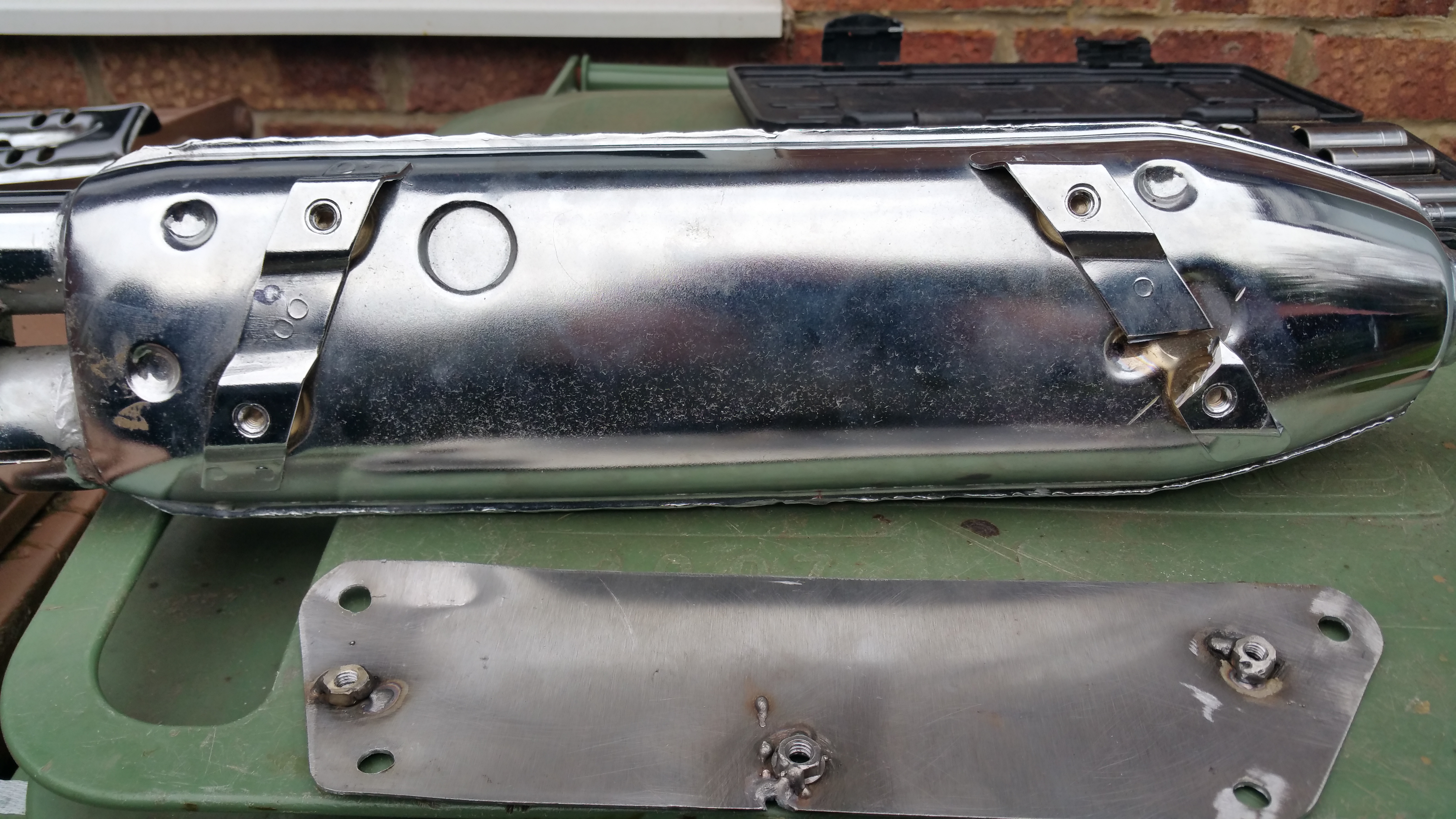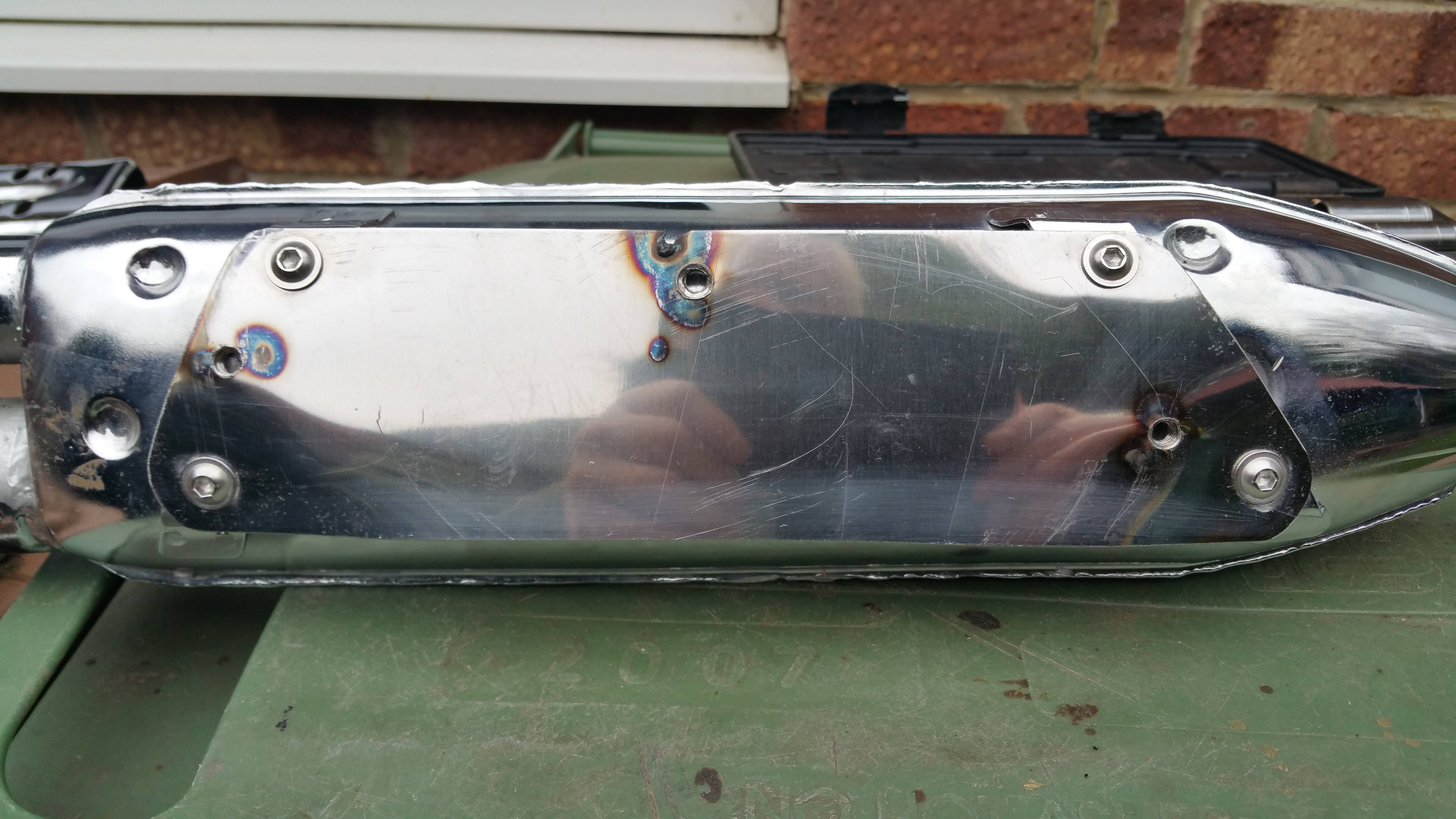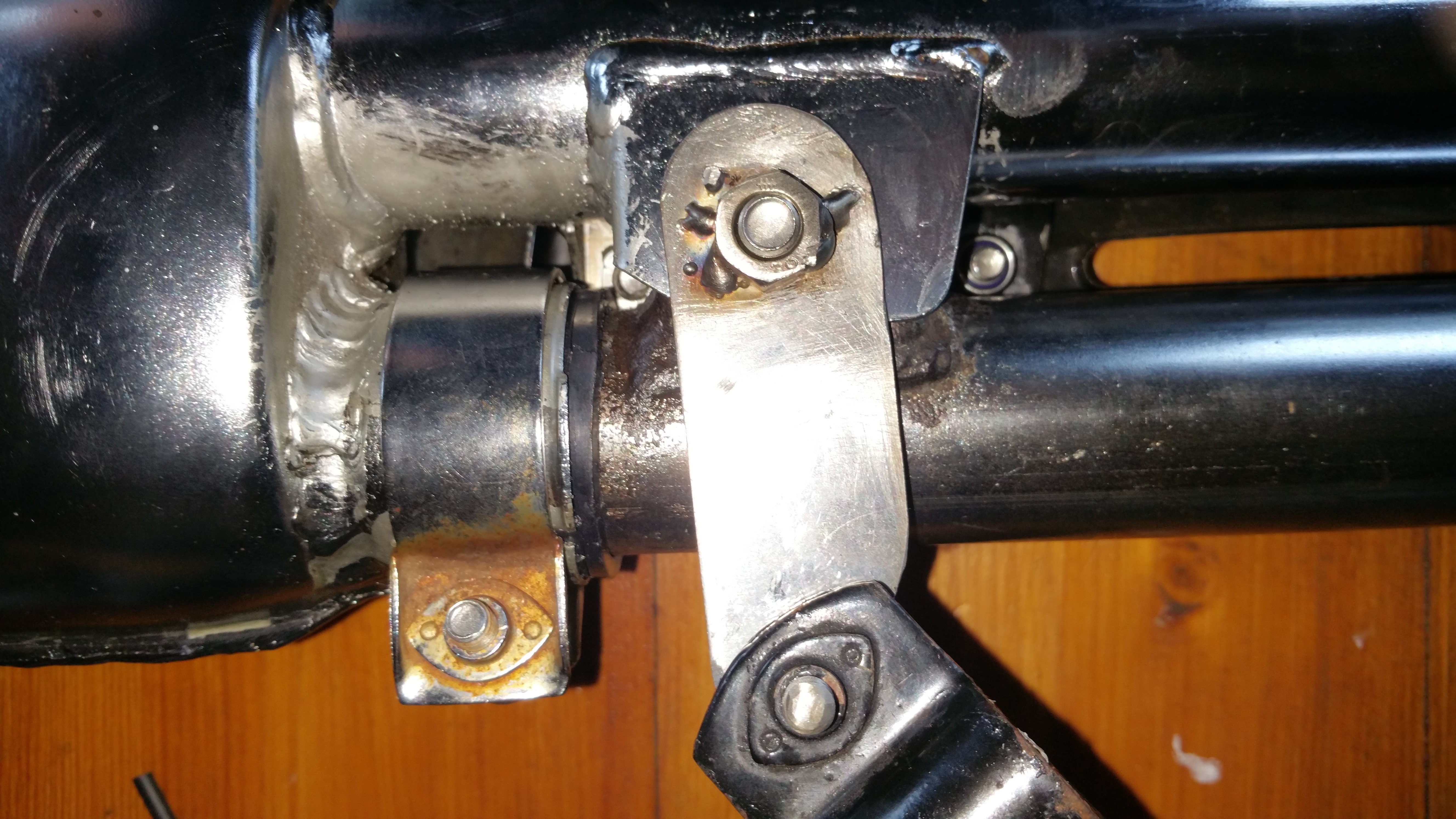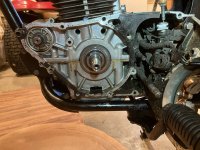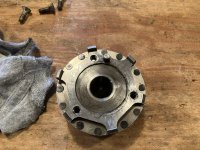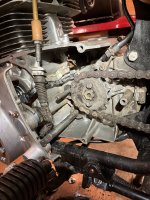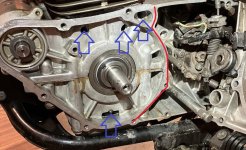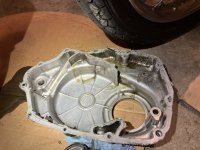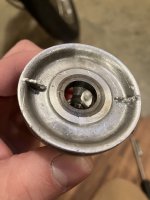Chaser
Member
CL175 K5. I have ridden once for about 20 minutes without issue. After I rode it, it sat for a couple of weeks. I decided that I had turned the petcock the wrong way as when I checked the oil, it smelled of fuel. I thought it would be a good idea to change the oil anyway since it was new to me. I did not have plans to open the side up to look at the filter but maybe now…?
In addition, the starter clutch is basically not good, it was used to start the bike when I bought it. He got it to engage after a couple of times of it releasing and grinding. I decided to just use the kick as I didn’t want to take all the stuff off to change it yet, and it kicked easily. He gave me a new clutch assembly to replace it.
Emptied oil today and found some metal in the little well of the oil plug. I have taken a picture of the big piece. There are other smaller shavings that I could not get a good picture of. There is no way to really tell, but could this metal be from the broken starter clutch? I am including pictures of the oil (not sure if that is helpful) and the big piece. What are y’all’s thoughts on this? Do you think it portends a terminal problem or just ride it until it doesn’t? Thank you.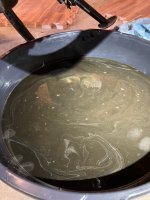
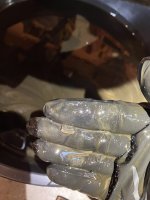
In addition, the starter clutch is basically not good, it was used to start the bike when I bought it. He got it to engage after a couple of times of it releasing and grinding. I decided to just use the kick as I didn’t want to take all the stuff off to change it yet, and it kicked easily. He gave me a new clutch assembly to replace it.
Emptied oil today and found some metal in the little well of the oil plug. I have taken a picture of the big piece. There are other smaller shavings that I could not get a good picture of. There is no way to really tell, but could this metal be from the broken starter clutch? I am including pictures of the oil (not sure if that is helpful) and the big piece. What are y’all’s thoughts on this? Do you think it portends a terminal problem or just ride it until it doesn’t? Thank you.




